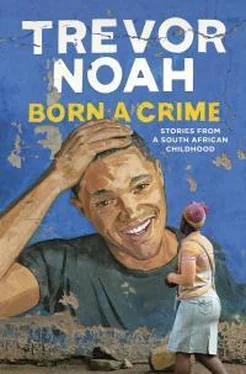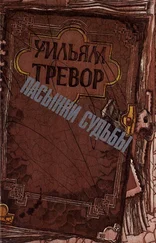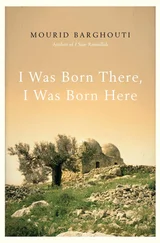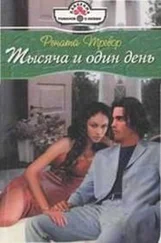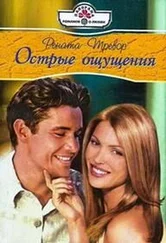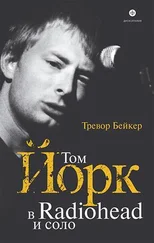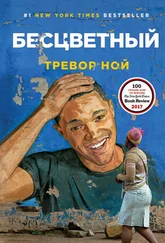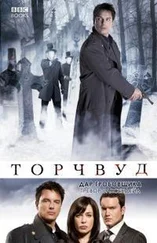“No, Trevor! That’s not how the Devil works. This is part of God’s plan, and if He wanted us here then He had a reason…”
And on and on and there we were, back at it, arguing about God’s will. Finally I said, “Look, Mom. I know you love Jesus, but maybe next week you could ask him to meet us at our house. Because this really wasn’t a fun night.”
She broke out in a huge smile and started laughing. I started laughing, too, and we stood there, this little boy and his mom, our arms and legs covered in blood and dirt, laughing together through the pain in the light of a petrol station on the side of the road in the middle of the night.
Apartheid was perfect racism. It took centuries to develop, starting all the way back in 1652 when the Dutch East India Company landed at the Cape of Good Hope and established a trading colony, Kaapstad, later known as Cape Town, a rest stop for ships traveling between Europe and India. To impose white rule, the Dutch colonists went to war with the natives, ultimately developing a set of laws to subjugate and enslave them. When the British took over the Cape Colony, the descendants of the original Dutch settlers trekked inland and developed their own language, culture, and customs, eventually becoming their own people, the Afrikaners—the white tribe of Africa.
The British abolished slavery in name but kept it in practice. They did so because, in the mid-1800s, in what had been written off as a near-worthless way station on the route to the Far East, a few lucky capitalists stumbled upon the richest gold and diamond reserves in the world, and an endless supply of expendable bodies was needed to go in the ground and get it all out.
As the British Empire fell, the Afrikaner rose up to claim South Africa as his rightful inheritance. To maintain power in the face of the country’s rising and restless black majority, the government realized they needed a newer and more robust set of tools. They set up a formal commission to go out and study institutionalized racism all over the world. They went to Australia. They went to the Netherlands. They went to America. They saw what worked, what didn’t. Then they came back and published a report, and the government used that knowledge to build the most advanced system of racial oppression known to man.
Apartheid was a police state, a system of surveillance and laws designed to keep black people under total control. A full compendium of those laws would run more than three thousand pages and weigh approximately ten pounds, but the general thrust of it should be easy enough for any American to understand. In America you had the forced removal of the native onto reservations coupled with slavery followed by segregation. Imagine all three of those things happening to the same group of people at the same time. That was apartheid.
BORN A CRIME
I grew up in South Africa during apartheid, which was awkward because I was raised in a mixed family, with me being the mixed one in the family. My mother, Patricia Nombuyiselo Noah, is black. My father, Robert, is white. Swiss/German, to be precise, which Swiss/Germans invariably are. During apartheid, one of the worst crimes you could commit was having sexual relations with a person of another race. Needless to say, my parents committed that crime.
In any society built on institutionalized racism, race-mixing doesn’t merely challenge the system as unjust, it reveals the system as unsustainable and incoherent. Race-mixing proves that races can mix—and in a lot of cases, want to mix. Because a mixed person embodies that rebuke to the logic of the system, race-mixing becomes a crime worse than treason.
Humans being humans and sex being sex, that prohibition never stopped anyone. There were mixed kids in South Africa nine months after the first Dutch boats hit the beach in Table Bay. Just like in America, the colonists here had their way with the native women, as colonists so often do. Unlike in America, where anyone with one drop of black blood automatically became black, in South Africa mixed people came to be classified as their own separate group, neither black nor white but what we call “colored.” Colored people, black people, white people, and Indian people were forced to register their race with the government. Based on those classifications, millions of people were uprooted and relocated. Indian areas were segregated from colored areas, which were segregated from black areas—all of them segregated from white areas and separated from one another by buffer zones of empty land. Laws were passed prohibiting sex between Europeans and natives, laws that were later amended to prohibit sex between whites and all nonwhites.
The government went to insane lengths to try to enforce these new laws. The penalty for breaking them was five years in prison. There were whole police squads whose only job was to go around peeking through windows—clearly an assignment for only the finest law enforcement officers. And if an interracial couple got caught, God help them. The police would kick down the door, drag the people out, beat them, arrest them. At least that’s what they did to the black person. With the white person it was more like, “Look, I’ll just say you were drunk, but don’t do it again, eh? Cheers.” That’s how it was with a white man and a black woman. If a black man was caught having sex with a white woman, he’d be lucky if he wasn’t charged with rape.
If you ask my mother whether she ever considered the ramifications of having a mixed child under apartheid, she will say no. She wanted to do something, figured out a way to do it, and then she did it. She had a level of fearlessness that you have to possess to take on something like she did. If you stop to consider the ramifications, you’ll never do anything. Still, it was a crazy, reckless thing to do. A million things had to go right for us to slip through the cracks the way we did for as long as we did.
—
Under apartheid, if you were a black man you worked on a farm or in a factory or in a mine. If you were a black woman, you worked in a factory or as a maid. Those were pretty much your only options. My mother didn’t want to work in a factory. She was a horrible cook and never would have stood for some white lady telling her what to do all day. So, true to her nature, she found an option that was not among the ones presented to her: She took a secretarial course, a typing class. At the time, a black woman learning how to type was like a blind person learning how to drive. It’s an admirable effort, but you’re unlikely to ever be called upon to execute the task. By law, white-collar jobs and skilled-labor jobs were reserved for whites. Black people didn’t work in offices. My mom, however, was a rebel, and, fortunately for her, her rebellion came along at the right moment.
In the early 1980s, the South African government began making minor reforms in an attempt to quell international protest over the atrocities and human rights abuses of apartheid. Among those reforms was the token hiring of black workers in low-level white-collar jobs. Like typists. Through an employment agency she got a job as a secretary at ICI, a multinational pharmaceutical company in Braamfontein, a suburb of Johannesburg.
When my mom started working, she still lived with my grandmother in Soweto, the township where the government had relocated my family decades before. But my mother was unhappy at home, and when she was twenty-two she ran away to live in downtown Johannesburg. There was only one problem: It was illegal for black people to live there.
The ultimate goal of apartheid was to make South Africa a white country, with every black person stripped of his or her citizenship and relocated to live in the homelands, the Bantustans, semi-sovereign black territories that were in reality puppet states of the government in Pretoria. But this so-called white country could not function without black labor to produce its wealth, which meant black people had to be allowed to live near white areas in the townships, government-planned ghettos built to house black workers, like Soweto. The township was where you lived, but your status as a laborer was the only thing that permitted you to stay there. If your papers were revoked for any reason, you could be deported back to the homelands.
Читать дальше
